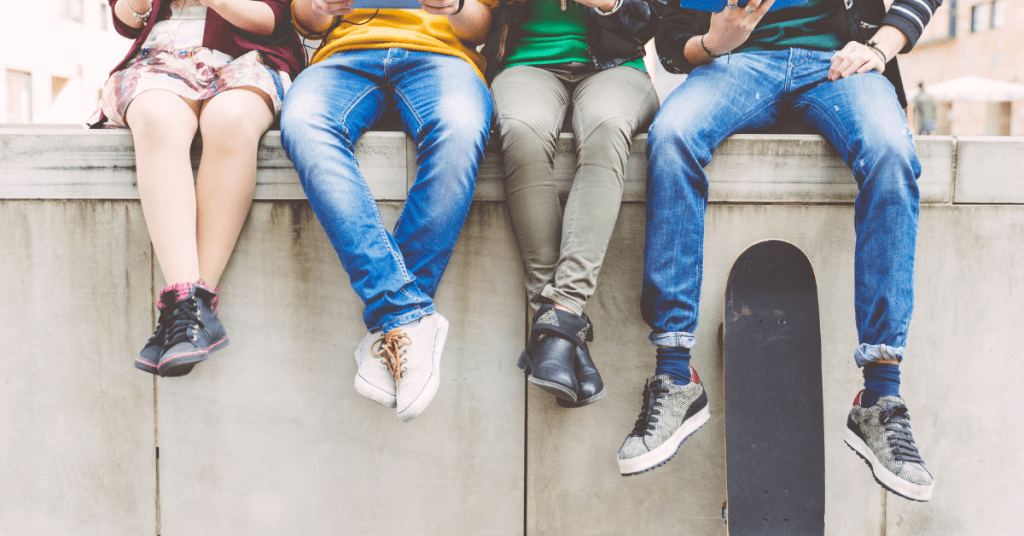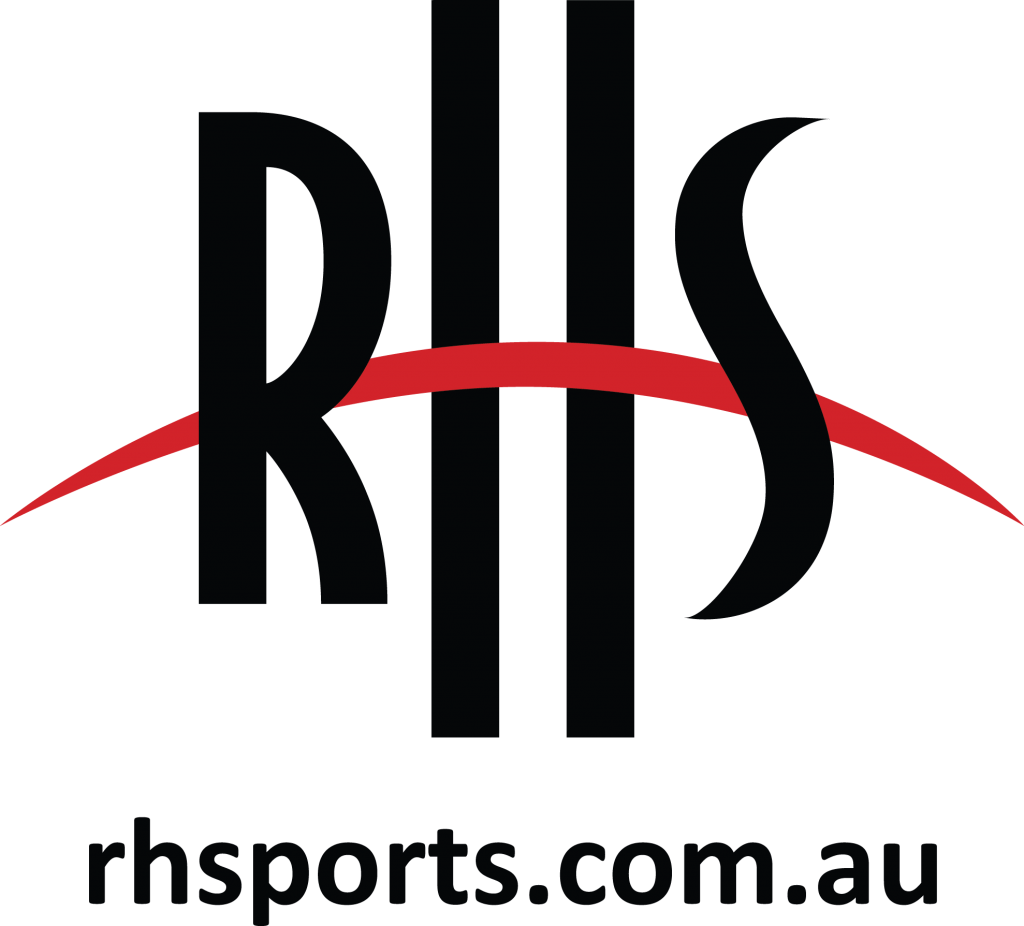Keeping it safe, fun, and fizzy: the experiences of LGBTQIA+ youth in sexual health education

 31 October 2023
31 October 2023
By Kaitlin Hearne, University of Wollongong Honours student
As a 4th-year student, this research was conducted as part of my Bachelor of Health and Physical Education (Honours) Degree at the University of Wollongong.
The purpose of this study was to:
- explore the experiences of young LGBTQIA+ people in sexual health education, with a specific focus on safe and respectful relationships
- provide a platform to share their perspectives and recommendations on how sexual health education might be improved to become more inclusive and informative for LGBTQIA+ students.
In conducting this research, I had interviews with 8 LGBTQIA+ young people who completed high school in NSW under the 2003 PDHPE syllabus.
Research Findings
LGBTQIA+ young people’s experience of sexual health education content
Similar to much of the literature on sexuality education (e.g. Montero & Kelly, 2021; Jones et al., 2019) the participants’ descriptions of their experience of sexuality education indicated that sexuality education in the school they attended was dominated by a heteronormative perspective, with only three participants identifying LGBTQIA+ content being mentioned in any way within their PDHPE lessons despite the range of literature outlining the importance of inclusive sexual health education (Fitzpatrick et al., 2020; Burdge, 2019). Of the participants who recalled LGBTQIA+ content being mentioned, they explained it was often only the terminology that was mentioned, or it was considered as an afterthought and was compared to heteronormative relationships.
While the young people in this study, like participants from previous studies (Ezer, 2019), saw value in school-based sexual health education, they reported that it does not sufficiently meet their needs and so they searched elsewhere for information. As the literature suggests when young people are not provided with the information they need in relation to sexual health education, they turn to resources outside the school, with the internet being one of their main sources of information (Robinson et al., 2014; Ezer, 2020; Albury & Byron., 2016). Participants in this study reported having to use the internet to find answers to their questions related to LGBTQIA+ sexual health and relationships in order to feel more prepared for relationships and sexual experiences.
Teachers’ influence on the student experience
As indicated in the literature (Smith et al., 2011), teachers’ perceived lack of knowledge and reluctance to teach an inclusive sexual health education had a major influence on the sexual health education experiences of the participants in this research. Seventy five percent (75%) of participants in this research reported that their teachers did not create an inclusive and supportive environment for LGBTQIA+ youth within sexual health education. The participants suggested that their teachers did not have the knowledge or ability to answer questions about sexual health education related to LGBTQIA+ content.
The experiences of these participants, supported by literature (Cense et al., 2019; Dessel et al., 2017), suggest that much more needs to be done in terms of professional learning and program design to ensure teachers feel prepared and informed when it comes to teaching diverse and inclusive sexuality education.
What do the young people want?
All participants in this study acknowledged that they want sexual health education to be more inclusive with content around gender and sexuality diversity. This would enhance their sense of belonging in their school community due to a greater sense of safety and acceptance from teachers and peers. Participants wanted their sexual health education to be informative by covering a broad range of topics relevant to their needs and interests. These included:
- sexual and gender diversity
- relationships
- sexual harassment
- consent
- online sexual behaviours
- passion, pleasure, and desire.
Like the participants in Cense et al. (2020) study, the participants in my study also discussed wanting more content related to learning and developing the skills they regarded as important for building and maintaining safe and healthy relationships. Other skills participants nominated were those related to building skills to manage unsafe or abusive situations within relationships, and building confidence, resilience, and healthy coping strategies to manage adversity or tough situations in relationships.
The young people in this study have suggested that to create a more inclusive approach to sexual health education, the heterosexual norm needs to be challenged. Many participants have recognised that a lot of content taught are issues that affect both heterosexual and LGBTQIA+ students. However, as we know from the literature, the focus is always on heterosexual students with little focus on gender and sexuality diversity (Ferfolja & Ullman, 2016; Burdge, 2019). Participants in this study discussed they feel they would connect more with topics being taught in sexual health education if LGBTQIA+ examples were integrated e.g., using two female names or two gender-neutral names in scenarios when discussing sex and relationships.
Recommendations from the research
Based on suggestions from the participants in this research, and supported by the literature, recommendations have been developed to overcome the key barriers limiting the inclusivity of sexual health education identified throughout this study.
1. A focus on skills-based learning
Developing students’ health literacy and critical inquiry skills are important to ensure young people are able to access information and health resources such as healthcare professionals. The ability to analyse and make an informed judgement on information they are accessing in order to positively manage their health and wellbeing are also important. Developing health literacy skills allows young people to access health information and access and evaluate its credibility. This is an essential skill for LGBTQIA+ young people as a common theme identified by study participants was accessing information through the internet and online resources.
As stated throughout this research, when health education is not adequately meeting the needs of LGBTQIA+ young people they are turning to the internet for answers. It is suggested that through the inclusion of a critical inquiry approach, students can learn skills in researching, analysing, applying, and appraising information to continue to grow their sexual health knowledge from trusted resources. A critical inquiry approach also recognises that individuals have diverse needs when it comes to sexual health information and provides a platform for different approaches and strategies to be used to support students’ knowledge development.
2. An increase in accessible professional learning for teachers on implementing an inclusive LGBTQIA+ sexual health education
If sexual health education is to be enacted in an inclusive way, teachers need to be much better prepared. Teachers need to be offered accessible and relevant professional learning to increase their confidence when it comes to supporting LGBTQIA+ students within both sexual health education and the broader school community (Sondag et al., 2020).
The enactment of a more inclusive practice requires a greater general awareness of the challenges and needs of LGBTQIA+ young people. If teachers have greater awareness, they are more likely to actively think about using inclusive language when teaching, and they may be more conscious of limiting the heteronormative dominance in their teaching (Fitzpatrick et al., 2022). These are small steps to ensuring LGBTQIA+ students are feeling valued and supported within the classroom and therefore receiving greater sexual health benefits. It is recognised that some teachers may be restricted by the values and beliefs of the schools when teaching sexual health education or may not have the confidence and knowledge to inform students on certain topics they may desire information on. Therefore, a way to overcome this issue is recognising that learning is not bound to the four walls of the classroom. Teachers can provide students with a list of comprehensive and informative online resources that they are able to access if they are seeking further information.
3. Continuing to listen to the needs of young people
Allen (2012) points out, effective sexual health education must reflect the ever-changing concerns and interests of young people. As participants in my study shared, they often found themselves being shut down in the classroom when asking questions related to sexual diversity. This coincides with the experience of sexually diverse young people in the literature who comment that their voices are rarely heard (e.g. Waling et al., 2020). This seems to be the case for health education in general, where it is rare for students to be invited to express their needs at the school level or in the development of guiding curricula (Wright, 2014).
In creating a sexual health experience supportive of diverse student needs it is essential to allow students to express their needs and desires in relation to sexual health education. This could take place at the beginning of the year, or at the beginning of a unit of work by seeking contributions from all students in the class through a mind map and class discussion, or an anonymous question box where students can place suggestions. This allows teachers to understand the specific needs and interests of students within their classroom and adapt the teaching and learning to accommodate the context of both the school and the students in their class.
Learn more
The upcoming ACHPER NSW 2023 PDHPE Conference includes a number of workshops on sexual health education. View the program
References
Albury, K., & Byron, P. (2016). Safe on my phone? Same-sex attracted young people’s negotiations of intimacy, visibility, and risk on digital hook-up apps. Social Media+ Society, 2(4), 2056305116672887.
Allen, L., & Carmody, M. (2012). ‘Pleasure has no passport’: re-visiting the potential of pleasure insexuality education. Sex Education, 12(4), 455-468
Burdge, S. (2019). Queering Sex Ed: The Need for Inclusivity in Sexual Education Curricula. Compass,
Dessel, A. B., Kulick, A., Wernick, L. J., & Sullivan, D. (2017). The importance of teacher support: Differential impacts by gender and sexuality. Journal of adolescence, 56, 136- 144.
Ezer, P., Kerr, L., Fisher, C. M., Heywood, W., & Lucke, J. (2019). Australian students’ experiences of sexuality education at school. Sex Education, 19(5), 597-613.
Ezer, P., Kerr, L., Fisher, C. M., Waling, A., Bellamy, R., & Lucke, J. (2020). School-based relationship and sexuality education: what has changed since the release of the Australian Curriculum? Sex Education, 20(6), 642-657.
Ferfolja, T., & Ullman, J. (2021). Inclusive pedagogies for transgender and gender diverse children: Parents’ perspectives on the limits of discourses of bullying and risk in schools. Pedagogy, Culture & Society, 29(5), 793-810.
Fitzpatrick, K., McGlashan, H., Tirumalai, V., Fenaughty, J., & Veukiso-Ulugia, A. (2022). Relationships and sexuality education: Key research informing New Zealand curriculum policy. Health Education Journal, 81(2), 134-156.
Montero, K., & Kelly, P. (2021). Young people and the human-car-machine-assemblage: aesthetics, erotics and other lessons for school-based health education. Discourse: Studies in the Cultural Politics of Education, 42(6), 840-853.
Robinson, K. H., Bansel, P., Denson, N., Ovenden, G., & Davies, C. (2014). Growing up queer: Issues facing young Australians who are gender variant and sexuality diverse.
Smith, A., Schlichthorst, M., Mitchell, A., Walsh, J., Lyons, A., Blackman, P., & Pitts, M. (2011). Sexuality education in Australian secondary schools 2010. Melbourne: Australian Research Centre in Sex Health and Society, La Trobe University.
Sondag, K. A., Johnson, A. G., & Parrish, M. E. (2022). School sex education: Teachers’ and young adults’ perceptions of relevance for LGBT students. Journal of LGBT Youth, 19(3), 247-267.
Waling, A., Bellamy, R., Ezer, P., Kerr, L., Lucke, J., & Fisher, C. (2020). ‘It’s kinda bad, honestly’: Australian students’ experiences of relationships and sexuality education. Health Education Research, 35(6), 538-552.
Wright, J. (2014). Beyond body fascism: The place for health education. In Health Education


